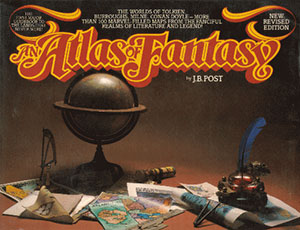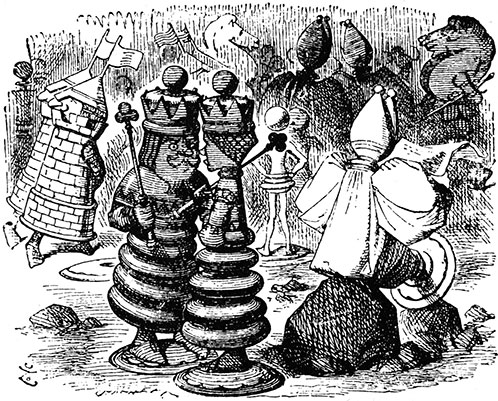Lots of people are fascinated by maps. I knew a serious book collector who built a large library of books which specifically had maps in them. For example, Treasure Island, famously, has a map in it. Indeed, it’s said that Stevenson drew the map for his step-son first, and then wrote the book.
 I too like maps and so, back in the day when I working as a librarian, I was intrigued when a new atlas came into the reference collection. Moreover to my great delight it was an atlas of fantasy lands. A wonderfully clever idea, it was such fun to see maps of, not just Treasure Island, but the lands of Oz, the Thousand-acre Woods, and so on. Much fun.
I too like maps and so, back in the day when I working as a librarian, I was intrigued when a new atlas came into the reference collection. Moreover to my great delight it was an atlas of fantasy lands. A wonderfully clever idea, it was such fun to see maps of, not just Treasure Island, but the lands of Oz, the Thousand-acre Woods, and so on. Much fun.
As I was going through the book I realized an important map was missing: the chessboard from Through the Looking Glass, by Lewis Carroll. That was the beginning of my thinking of the book which became Who Stole the Wizard of Oz?
 My notion was to write a mystery in which the essential clues were to be found in the maps of well-known children’s books—books which had been stolen from the Checkertown, Ohio Library. When an innocent Becky has been accused of stealing the books, she and her twin brother, Toby, need to track down the real thief, and find a hidden treasure, using the maps as essential clues. (Hint: a checkerboard and a chessboard are identical.) And, if it brought my readers to The Wind in the Willows, Winnie-the-Pooh, the Oz books, Treasure Island, and Through the Looking Glass, better yet.
My notion was to write a mystery in which the essential clues were to be found in the maps of well-known children’s books—books which had been stolen from the Checkertown, Ohio Library. When an innocent Becky has been accused of stealing the books, she and her twin brother, Toby, need to track down the real thief, and find a hidden treasure, using the maps as essential clues. (Hint: a checkerboard and a chessboard are identical.) And, if it brought my readers to The Wind in the Willows, Winnie-the-Pooh, the Oz books, Treasure Island, and Through the Looking Glass, better yet.
In short, Who Stole the Wizard of Oz? is a book about books brought into my head by yet another book. That’s what happens when the writer is also a librarian.

1 thought on “Story Behind the Story #11:<br><em>Who Stole the Wizard of Oz?</em>”
Once a librarian, always a librarian. Very often suggesting books to unsuspecting readers.